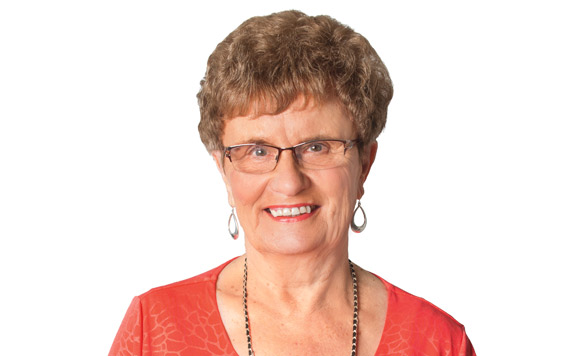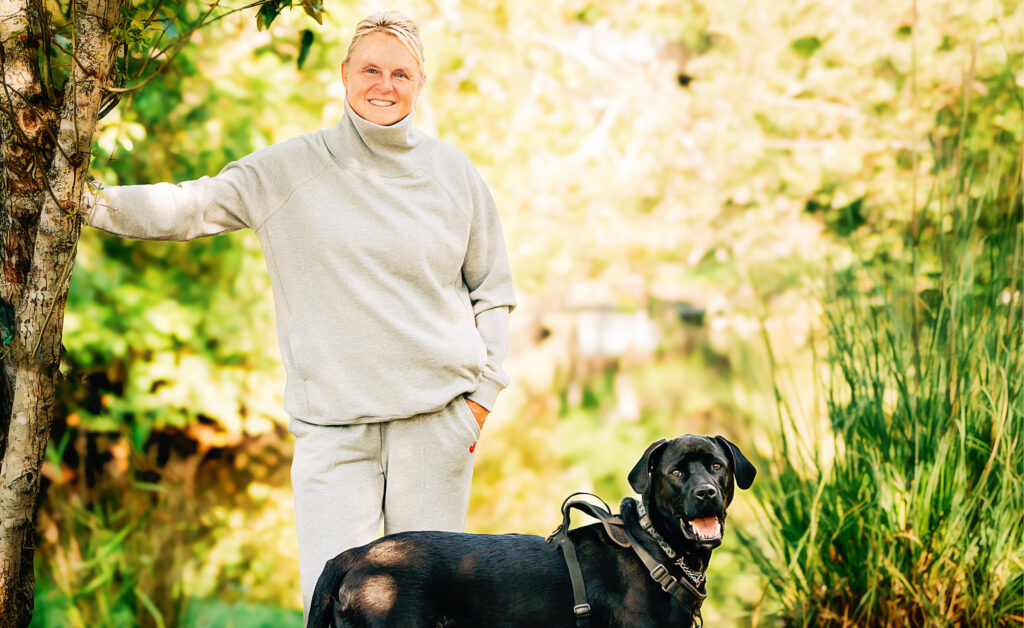by Valerie Green –
Perhaps because there has been so much horror in the world of late, it seems even more important every November 11 to remember why we honour all those who serve their countries.
On November 11, 1919, when the first Remembrance Day was held throughout Commonwealth countries to mark the end of the First World War, it was simply a new concept held at the 11th hour of the 11th day of the 11th month to remember those who had lost their lives for their country. Today it has become so much more.
We might well wonder if the true significance of Remembrance Day and all that it stands for has been lost over time.
For instance, do we truly understand the significance of the red poppy? Each year the poppy is sold by the Royal Canadian Legion to raise money for needy veterans. During the Napoleonic Wars, it was said that the small red flower always bloomed over the graves of fallen soldiers. The same thing occurred during the First World War in France and Belgium when the little flower flourished in the soil and rubble around the graves of fallen heroes. Gradually, the poppy became the symbol for those who had fought so bravely for their countries.
Today there are approximately 90 war memorials throughout British Columbia and hundreds across Canada where ceremonies will be held this November 11. From Ottawa east to Prince Edward Island and west to Vancouver Island, these monument sites serve as reminders of the men and women who put their own lives on the line so that we are able to live in a free society today.
Here is a story of one small war memorial which once stood at Gore Park on the west side of Shelbourne Street opposite the Shelbourne Plaza. It was dedicated back in 1919 to honour the First World War dead, but not until November 11, 1957, was a peace memorial unveiled there. A few years later, urban development grew up around the little park. Mr. A.E. Horner, after whom Horner Park near Mount Tolmie is named, was a horticulturalist who played a leading role in the original ceremony at Gore Park in 1919 and then, 40 years later, came forward to protest the erection of a gas station next to the park and peace memorial.
In May of 1970, the Municipality of Saanich erected its own monument on the front lawn of the municipal hall as a result of a council decision to move the Gore Park Memorial.
That monument at the Saanich Hall stands in memory of all the war dead 1914-1918, 1939-1945, 1950-1952 (Korea) and beyond, as well as to Major Ernest W. MacQuarrio, the ceremonial chaplain from 1972-1993. It stands 1.7 metres high and is set on a concrete base and dais of rough cast finish, headed with the words “LEST WE FORGET.”
Although Gore Park no longer has its own Memorial, it has now become part of the Memorial Avenue Committee Plan and has recently been improved with landscaping and tables as a small oasis along busy Shelbourne Street.
No matter where our politics or beliefs might lie, may we never forget the importance of living in a free society and this November 11, at the 11th hour, we should once again honour and remember all the brave men and women who continue to strive for freedom on our behalf.
“If ye break the faith with us who die
We shall not sleep, though poppies grow
In Flanders fields.”
***
Valerie Green is an author/historian and can be reached at valgee@shaw.ca.




